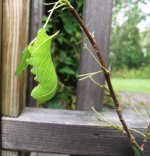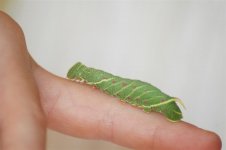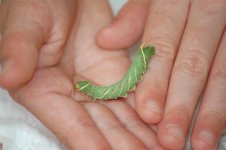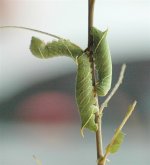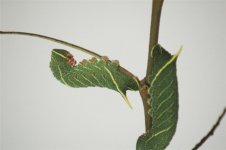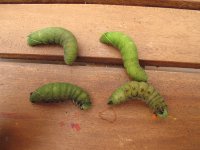The Hairy Highlander
Well-known member
Just another short update on my Poplar Cats....
I've just been cleaning out their box and have noticed some shed skin on the underside of a leaf, this would make the biggest one's 2nd instar's....I think? :t:
I've just been cleaning out their box and have noticed some shed skin on the underside of a leaf, this would make the biggest one's 2nd instar's....I think? :t:




